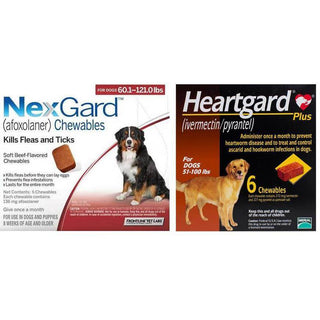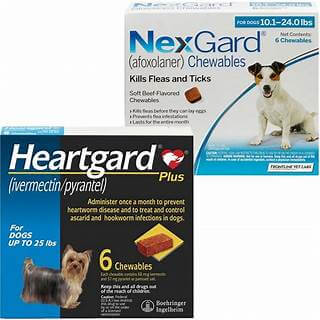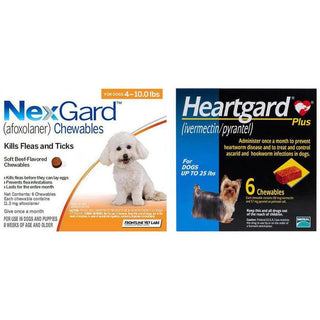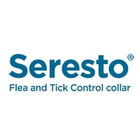
A shiny, smooth coat is often a sign of a healthy cat. So when you start noticing white flakes on your cat’s fur or patches of dry, scaly skin, it’s a clear sign that something isn’t right. Flaky skin in cats—often referred to as “cat dandruff”—can have many causes, ranging from simple dryness to underlying health issues.
In this guide, we’ll discuss what causes flaky skin in cats, how to treat it, and what you can do to prevent it from coming back.
What Does Flaky Skin in Cats Look Like?
Flaky skin in cats appears as small white flakes that look similar to dandruff in humans. You might notice them on your cat’s back, around the base of the tail, or even on their bedding. Sometimes, cats with flaky skin may also show signs such as:
- Itching or excessive grooming
- Red or irritated patches
- Hair loss or thinning coat
- Scabs or crusty areas on the skin
If your cat’s skin looks unusually dry or irritated, it’s important not to ignore the symptoms—because the sooner you identify the cause, the easier it is to treat.
Common Causes of Flaky Skin in Cats
1. Dry Air or Low Humidity
Just like humans, cats can suffer from dry skin during cooler months or when living in air-conditioned environments. Lack of moisture in the air can dry out your cat’s skin, leading to flakiness and mild irritation.
2. Poor Diet or Nutrient Deficiency
A cat’s coat and skin depend heavily on proper nutrition. Diets low in omega-3 and omega-6 fatty acids can make your cat’s skin dull and flaky. These essential fatty acids are responsible for maintaining skin moisture and elasticity.
3. Parasites (Fleas, Mites, or Lice)
Parasites are one of the most common reasons for skin problems in cats. Fleas, mites (like Cheyletiella—also called “walking dandruff”), and lice can cause intense itching and skin flaking. Even indoor cats can get parasites, so regular preventive care is vital.
4. Allergies
Cats can develop allergies to food ingredients, dust, pollen, or grooming products. These allergies cause inflammation and irritation, often resulting in dry, scaly patches on the skin.
5. Fungal or Bacterial Infections
Ringworm, a fungal infection, often leads to circular bald spots with flaky skin. Bacterial infections may also occur due to excessive scratching, leading to crusty lesions or oozing spots.
6. Obesity or Limited Grooming
Overweight cats often struggle to groom themselves properly, especially around the lower back or tail area. This can cause oil buildup, leading to dandruff-like flakes. Similarly, older cats may develop mobility issues that limit grooming.
7. Underlying Health Problems
Flaky skin can also be a symptom of conditions like diabetes, thyroid imbalance, or autoimmune diseases. If your cat’s flaky skin persists despite home care, it’s important to get a full veterinary check-up.
Treatment for Cat Flaky Skin
The proper treatment depends on the underlying cause. Here are the most effective steps to help your cat’s skin recover:
1. Brush Regularly
Brushing helps improve circulation, remove dead skin cells, and distribute natural oils evenly across your cat’s coat. Choose a soft brush that’s gentle on the skin and groom your cat several times a week.
2. Improve Nutrition
Give a balanced diet to your cat that includes essential fatty acids. You can also add omega-3 supplements (like fish oil) to their meals—but always consult your vet before introducing supplements. High-quality cat food with nutrients like vitamin E, zinc, and biotin can also support skin and coat health.
3. Stay Hydrated
Cats often don’t drink enough water, especially if they eat mostly dry food. Encourage hydration by offering a pet water fountain or mixing wet food into their diet.
4. Maintain a Humid Environment
If your home’s air is too dry, use a humidifier—especially during winter or in air-conditioned rooms. This simple step can significantly reduce skin dryness.
5. Use Vet-Approved Medicated Shampoos
Special cat shampoos containing soothing ingredients like aloe vera or oatmeal can help relieve dryness. Avoid using human shampoos, as they can strip your cat’s skin of natural oils. Your vet may also recommend antifungal or antibacterial shampoos if an infection is present.
6. Treat Parasites
If parasites are found, your vet will prescribe flea or mite control treatments such as Revolution Plus, Nexgard Combo, or Bravecto for Cats. Always use cat-specific products, as dog flea medications can be toxic to cats.
7. Address Allergies
If your cat’s flaky skin is due to food or environmental allergies, your veterinarian might suggest a hypoallergenic diet or an elimination diet to pinpoint the specific allergen causing the reaction. Sometimes, antihistamines or prescription medications may be necessary.
8. Veterinary Treatment for Persistent Flakiness
If symptoms don’t improve with home care, consult your vet. They may perform skin scrapings, allergy tests, or blood work to rule out underlying diseases like thyroid issues or infections.
Home Care and Prevention Tips
Preventing flaky skin is easier than treating it. Here are some practical tips to keep your cat’s skin healthy year-round:
- Feed a nutrient-rich diet with high-quality protein and omega fatty acids.
- Brush regularly to stimulate natural oil production.
- Bathe occasionally using vet-recommended shampoos only.
- Keep your cat parasite-free with monthly preventives.
- Maintain a clean home environment to reduce allergens and dust.
- Monitor your cat’s grooming habits—especially if they are older or overweight.
When to See a Vet
Seek veterinary help if:
- The flakes are accompanied by red, irritated, or bleeding skin.
- Your cat is excessively scratching or grooming certain areas.
- There’s hair loss, crusts, or sores.
- The skin condition doesn’t improve after 2–3 weeks of care.
These could be signs of infection, parasites, or internal health issues that need professional treatment.
Final Thoughts
Flaky skin in cats is usually a manageable condition once the root cause is identified. A combination of proper nutrition, regular grooming, hydration, and preventive care can help restore your cat’s healthy, shiny coat.
If the problem persists, don’t delay—your veterinarian can diagnose and treat any underlying issue before it worsens.
At 79Pets.com, we offer trusted cat care products, including flea and tick preventives, supplements for healthy skin, and vet-recommended grooming essentials. So your cat can feel comfortable and look their best every day.






